Indigenous peoples have shaped human history through rich traditions, innovative practices, and deep connections to the land. Museums dedicated to Indigenous cultures serve as bridges between past and present, preserving ancestral wisdom while celebrating living traditions.
These cultural institutions showcase artifacts and actively collaborate with Indigenous communities to authentically and respectfully tell their stories.
National Museum of the American Indian (Washington, D.C.)
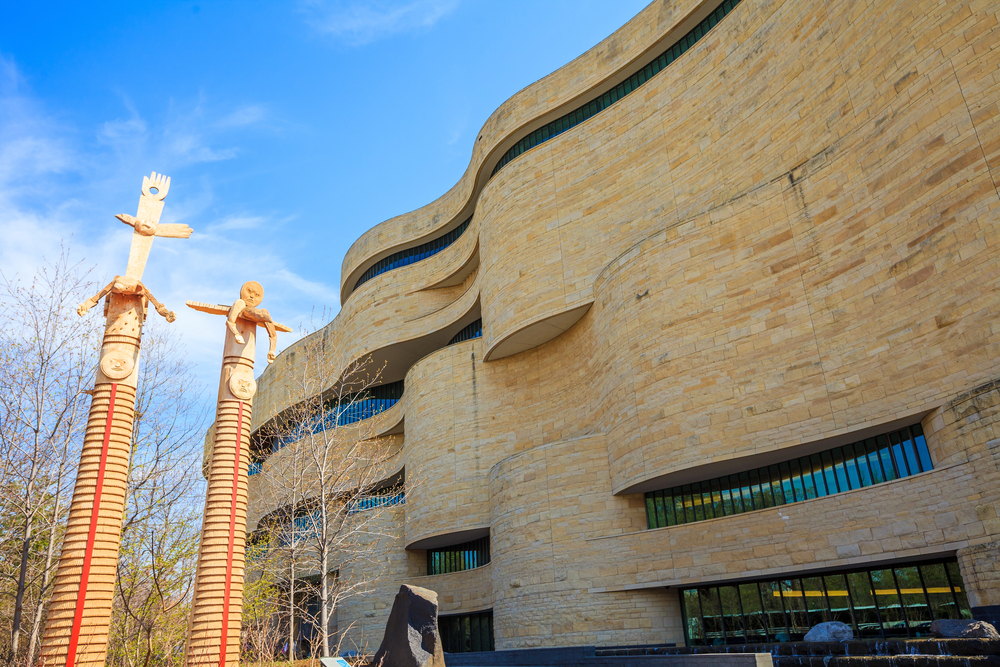
This Smithsonian institution is a testament to Native American resilience and creativity through its extensive collection of over 800,000 objects representing various tribes across the Americas. The museum’s distinctive architecture draws inspiration from natural rock formations and traditional Native American structures, creating a harmonious blend of ancient and modern design elements.
The facility maintains strong partnerships with Indigenous communities, ensuring accurate cultural representation and contemporary perspectives.
Museum of Anthropology (Vancouver, Canada)
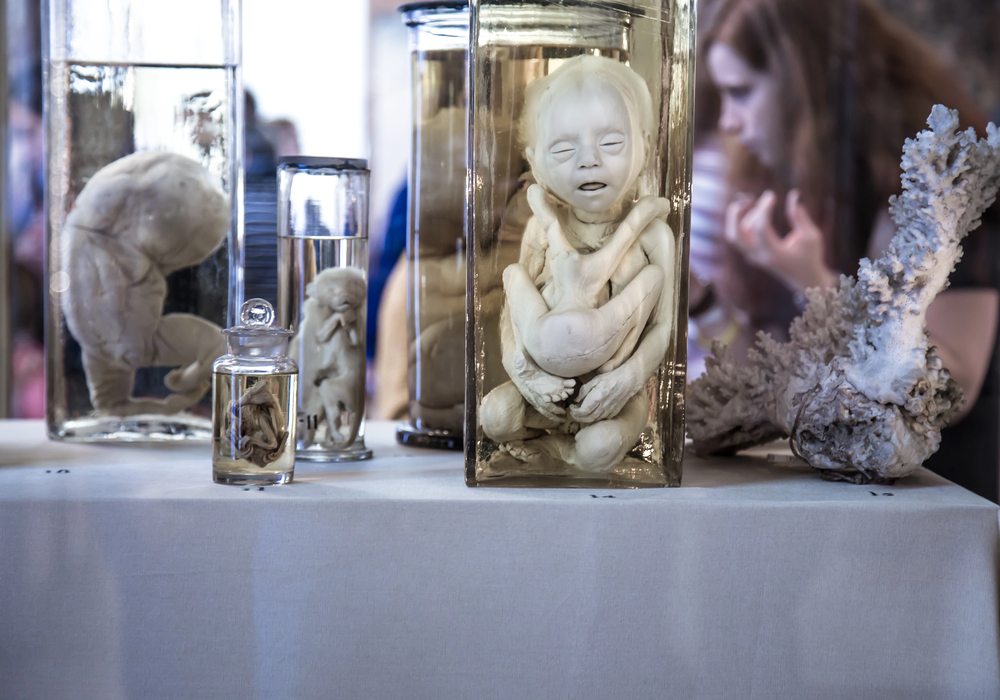
The Museum of Anthropology at the University of British Columbia houses one of the world’s finest collections of Northwest Coast First Nations art and artifacts. The spectacular building, designed by architect Arthur Erickson, features massive windows that frame the coastal landscape and traditional totem poles against the mountains.
The museum’s partnership with local First Nations communities has revolutionized how Indigenous artifacts are displayed and interpreted.
Like Travel Pug’s content? Follow us on MSN.
Te Papa Tongarewa (Wellington, New Zealand)
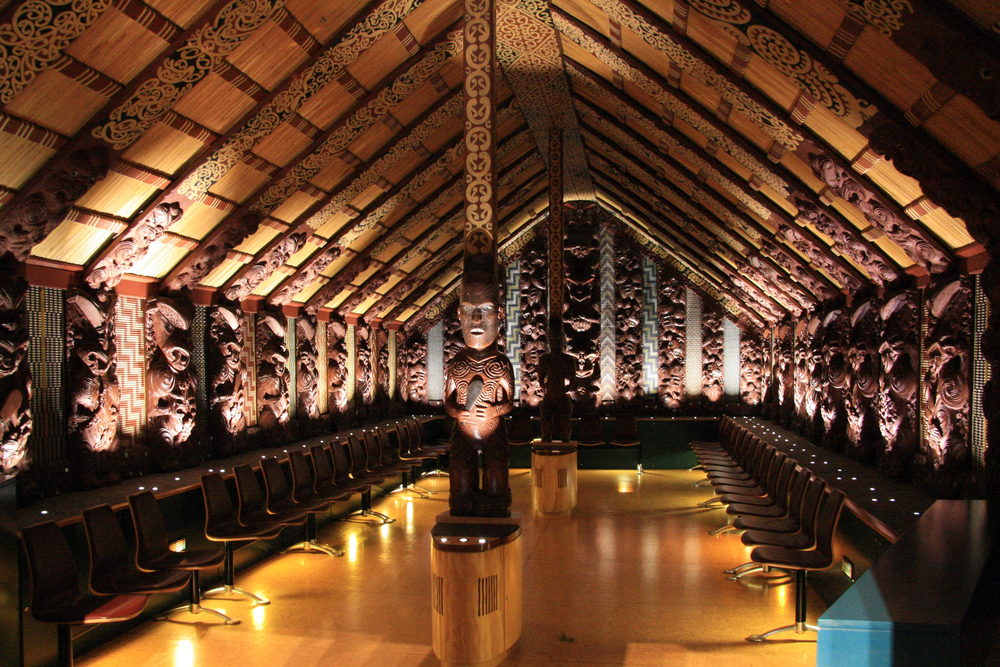
New Zealand’s national museum seamlessly integrates Māori culture into every aspect of its operations and exhibits through its unique bicultural mandate. The museum’s marae (meeting house) serves as a ceremonial space and a living example of contemporary Māori architecture.
The institution employs traditional Māori cultural practices to manage and preserve taonga (cultural treasures). Its revolutionary approach to museum curation has influenced indigenous museum practices worldwide.
National Museum of Australia (Canberra, Australia)
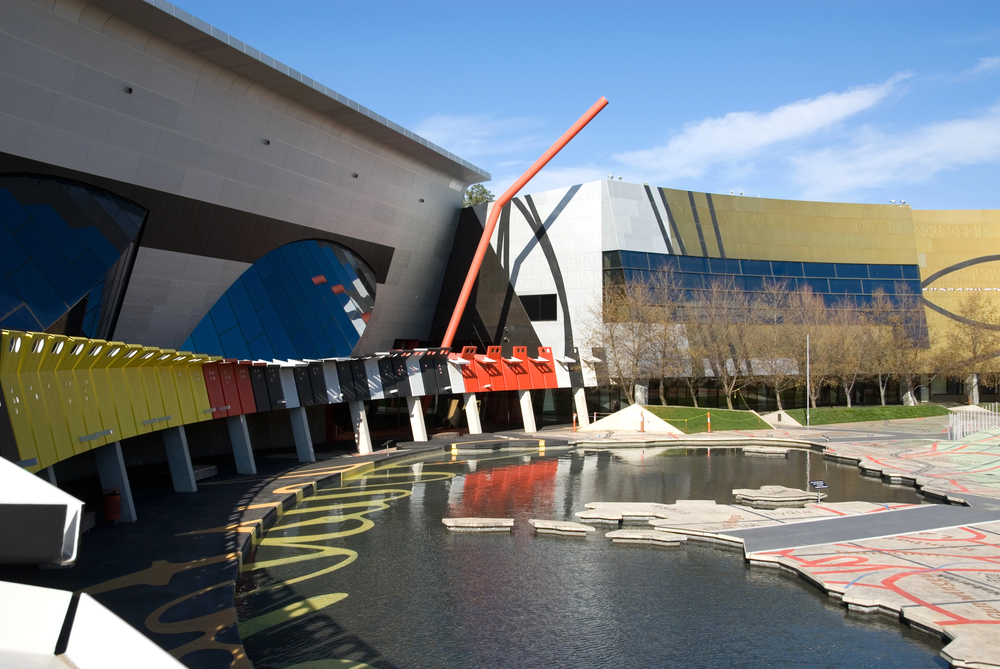
This institution presents Aboriginal and Torres Strait Islander histories through innovative storytelling techniques and immersive exhibitions that span thousands of years. The museum’s architecture incorporates Indigenous design elements and storytelling traditions into its modern structure.
The facility maintains extensive consultation processes with Indigenous communities regarding displaying and interpreting cultural materials. Its First Australians gallery presents one of the world’s most comprehensive exhibitions of Indigenous Australian culture.
Royal British Columbia Museum (Victoria, Canada)
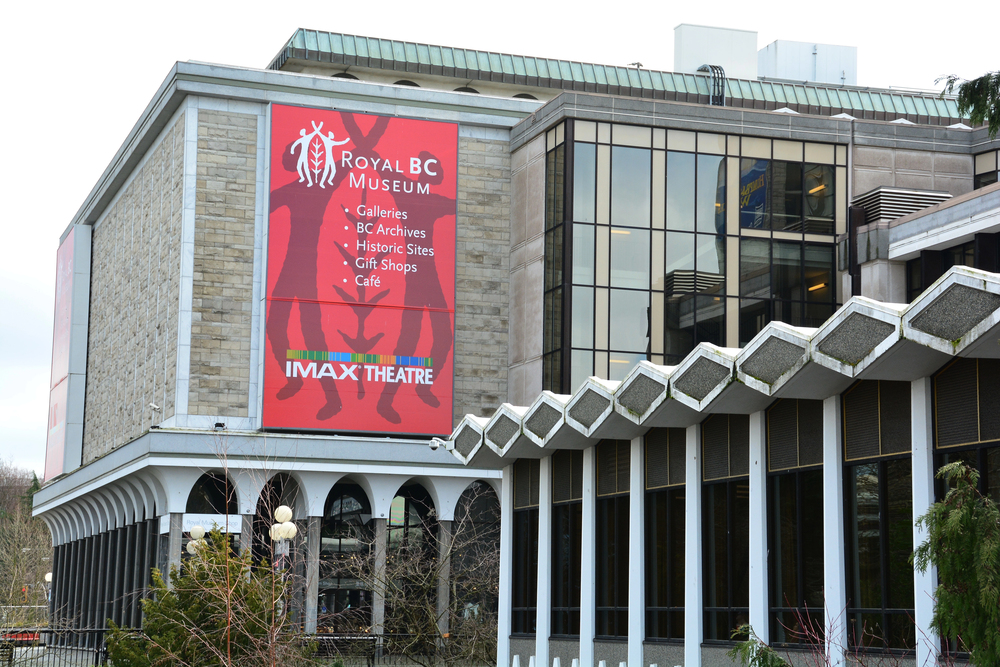
This museum houses an extraordinary collection of First Nations artifacts within its First Peoples Gallery, featuring one of the world’s finest collections of totem poles. The institution works closely with Indigenous communities to present their cultures through traditional and contemporary perspectives.
The museum’s innovative approach combines archaeological findings, oral histories, and traditional knowledge. Its research programs actively support Indigenous cultural revitalization efforts.
Like Travel Pug’s content? Follow us on MSN.
Museo Nacional de Antropología (Mexico City, Mexico)
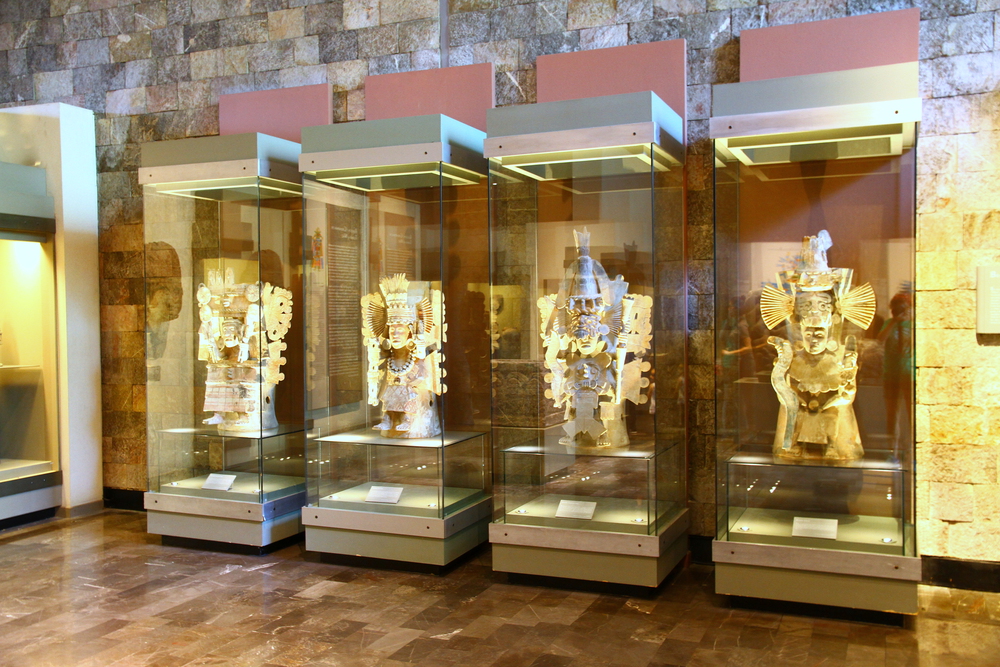
Mexico’s premier anthropological museum showcases the country’s rich pre-Columbian heritage through its extensive collection of Aztec, Maya, and other Indigenous artifacts. The institution’s iconic architecture integrates modern design with traditional Mesoamerican elements, creating a unique cultural space.
The museum’s exhibitions combine archaeological evidence with living Indigenous traditions and contemporary interpretations. Its research facilities support ongoing studies of Mexico’s diverse Indigenous cultures.
Arctic Centre (Rovaniemi, Finland)
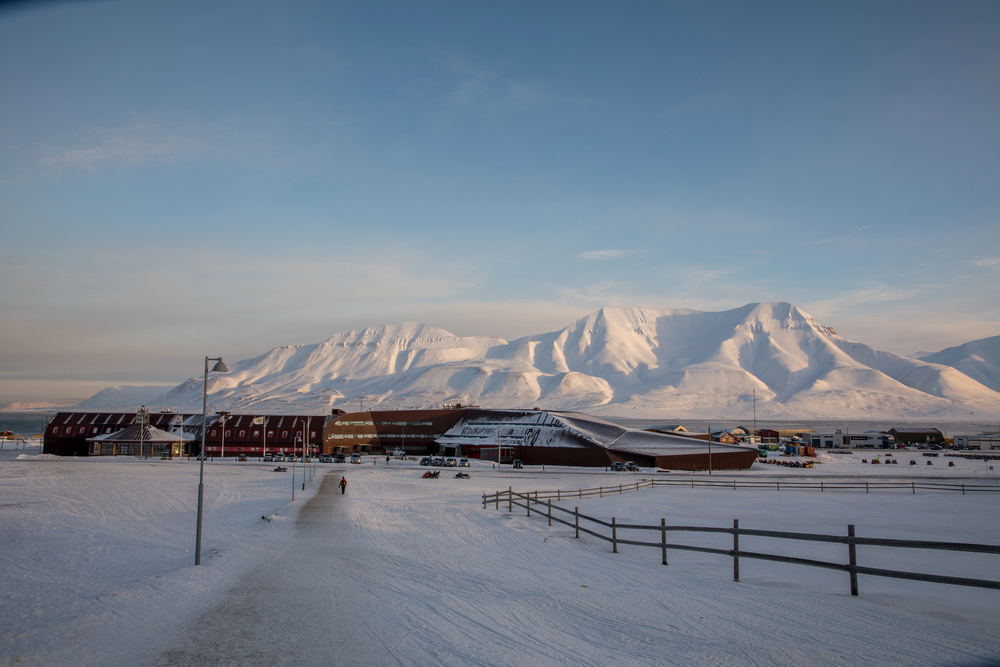
This specialized museum focuses on the culture and traditions of the Sámi people, the Indigenous inhabitants of the Arctic regions. The institution’s innovative exhibitions combine traditional knowledge with cutting-edge research on Arctic environments and climate change.
The center actively involves Sámi communities in its programming and decision-making processes. Its location within the Arctic Circle provides unique opportunities for experiencing Indigenous polar cultures.
National Museum of Ethnology (Osaka, Japan)
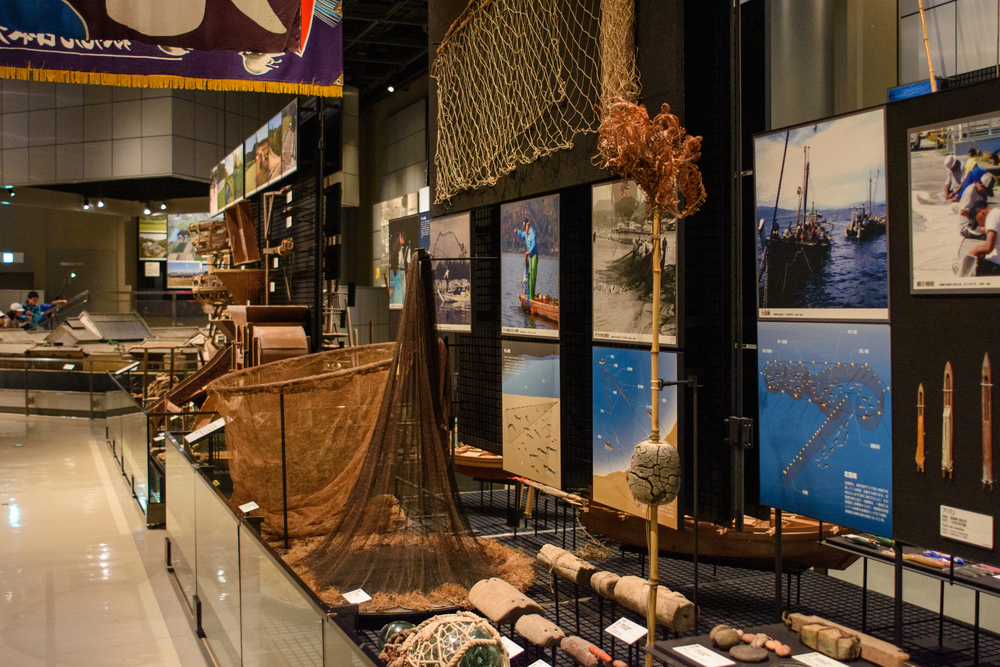
This comprehensive institution features exhibits on Japan’s Indigenous Ainu people, presenting their distinct culture through traditional and contemporary perspectives. The museum’s collections include rare artifacts and documentation of Ainu ceremonies and daily life practices.
The facility actively supports Ainu cultural revival efforts through research and community partnerships. Its programs promote an understanding of Indigenous Japanese heritage among diverse audiences.
Like Travel Pug’s content? Follow us on MSN.
Musée du Quai Branly (Paris, France)
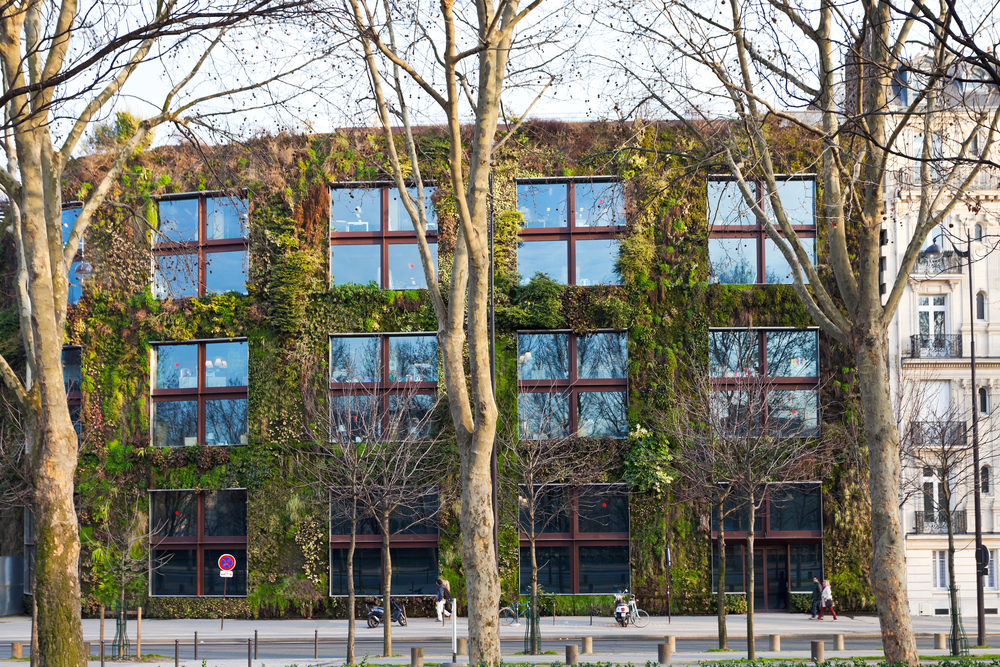
This modern museum showcases Indigenous arts and cultures from across the globe through its innovative architectural design and exhibition spaces. The institution’s living wall and garden integrate natural elements into the urban environment, reflecting Indigenous perspectives on nature.
The museum maintains ongoing dialogues with Indigenous communities worldwide regarding cultural representation and interpretation. Its collections highlight the artistic achievements of Indigenous peoples throughout history.
National Museum of Denmark (Copenhagen, Denmark)
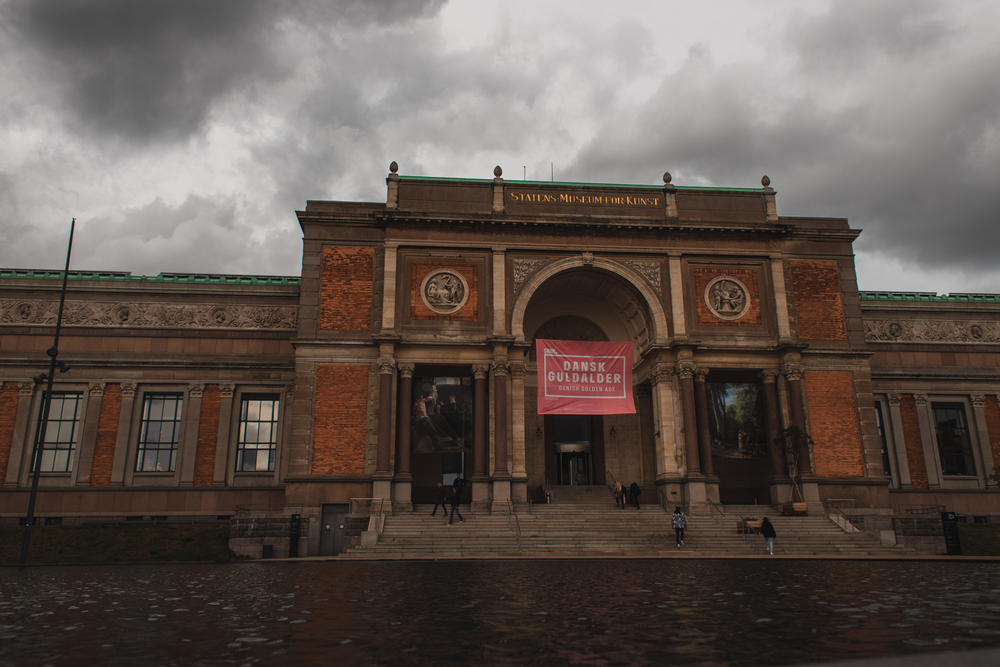
This institution houses significant collections from Greenland’s Inuit peoples, presenting their cultural adaptations to Arctic environments. The museum’s exhibitions combine archaeological findings with contemporary Inuit perspectives and artistic expressions.
The facility connects strongly with Greenlandic communities through collaborative research and cultural programs. Its collections document centuries of Indigenous Arctic life and technological innovation.
Peru’s Museo Larco (Lima, Peru)
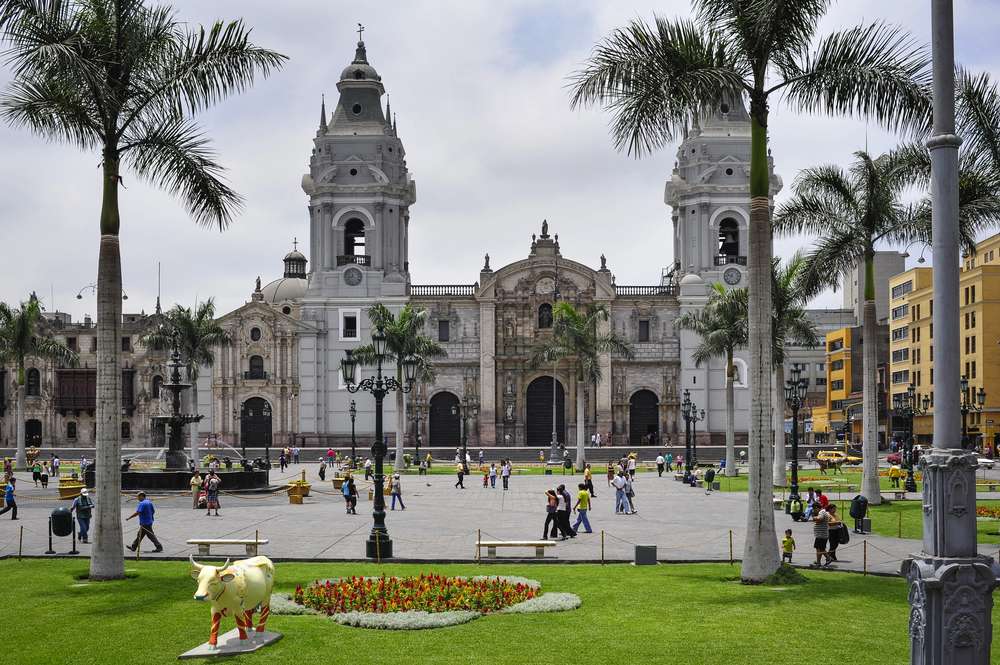
This private museum presents one of the world’s finest collections of pre-Columbian art and artifacts from Indigenous Andean cultures. The institution’s galleries showcase ancient Peruvian civilizations’ technological and artistic achievements through carefully preserved artifacts.
The museum’s research programs contribute significantly to our understanding of pre-Columbian Indigenous societies. Its storage facilities provide unprecedented public access to study collections.
Like Travel Pug’s content? Follow us on MSN.
National Museum of Ethnology (Leiden, Netherlands)
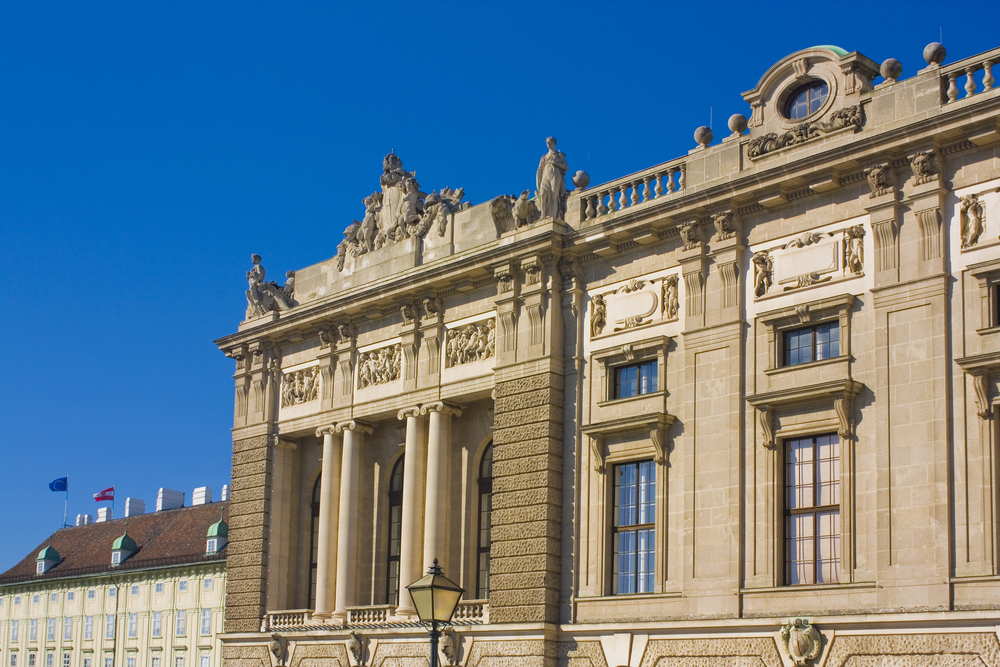
This comprehensive institution features extensive collections from Indigenous peoples worldwide, particularly on former Dutch colonial territories. The museum’s innovative exhibition techniques combine traditional artifacts with contemporary Indigenous voices and perspectives.
The facility actively engages in repatriation discussions and cultural heritage preservation efforts. Its research programs support Indigenous cultural documentation and revival initiatives.
Field Museum (Chicago, USA)
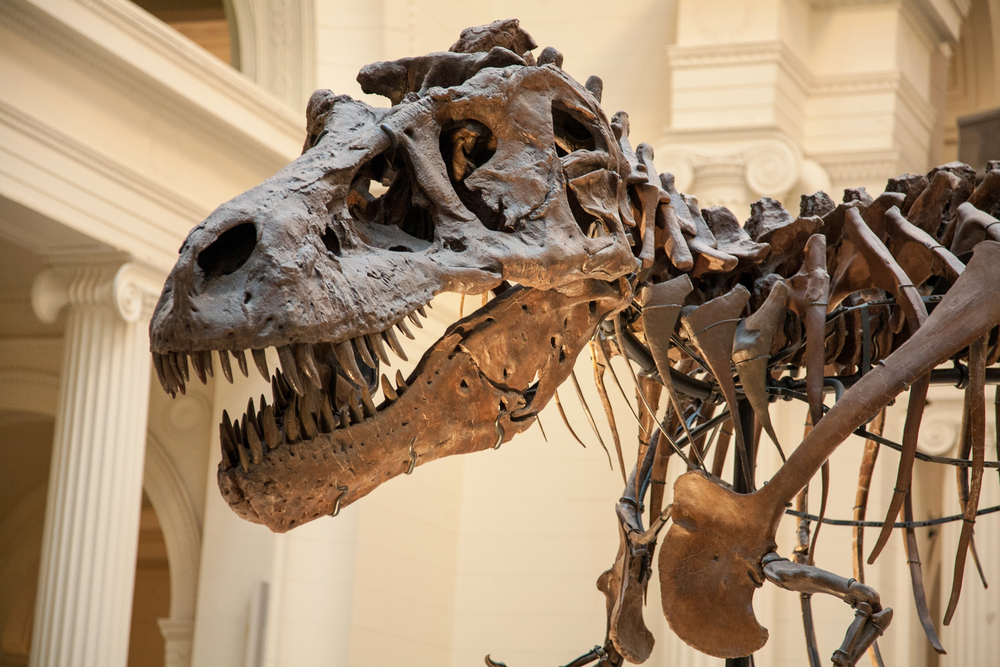
This renowned institution houses one of North America’s most significant collections of Native American artifacts and cultural materials in its extensively renovated Native North American Hall. The museum’s ground-breaking collaboration with contemporary Indigenous scholars and community members has transformed its traditional exhibitions into dynamic spaces of cultural dialogue.
The facility’s innovative approach includes rotating contemporary Indigenous art installations alongside historical artifacts to demonstrate cultural continuity.
Canadian Museum of History (Gatineau, Canada)
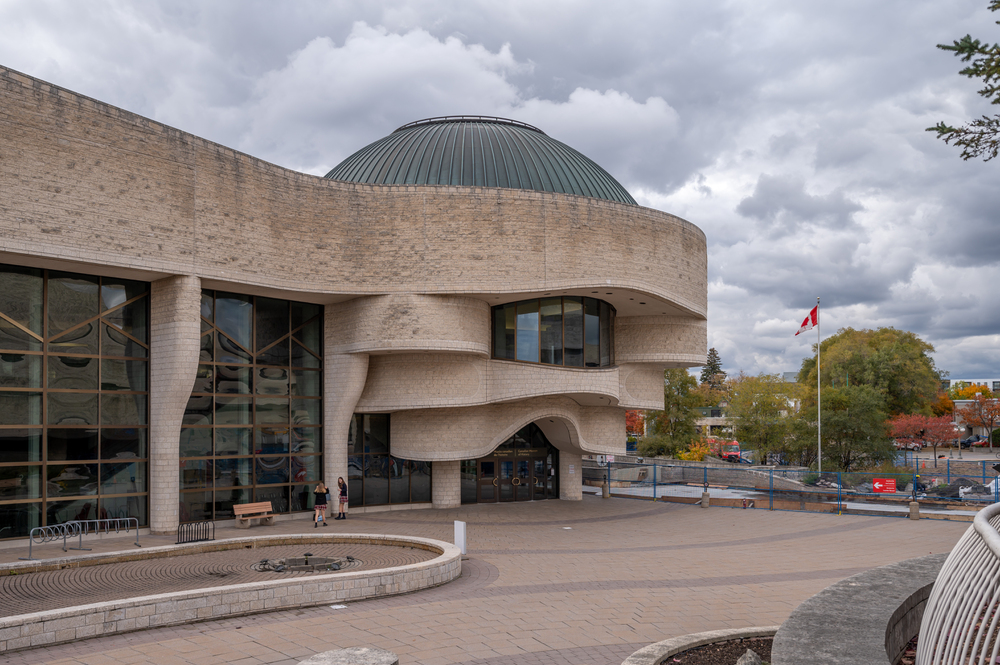
This national institution presents one of North America’s most comprehensive collections of First Nations, Inuit, and Métis cultural materials. The museum’s Grand Hall features the world’s largest indoor collection of totem poles and Northwest Coast Native house facades.
The facility actively involves Indigenous communities in exhibition planning and interpretation of cultural materials. Its programs highlight the contemporary vitality of Canada’s Indigenous peoples.
Like Travel Pug’s content? Follow us on MSN.
National Museum of Taiwan (Taipei, Taiwan)
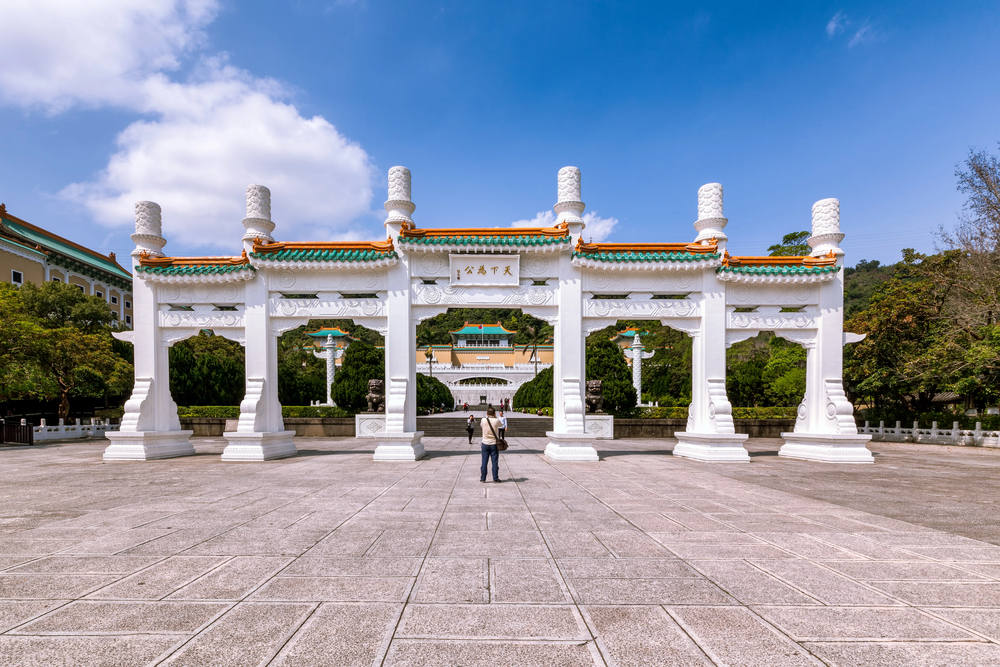
This pioneering institution showcases the rich cultural heritage of Taiwan’s Indigenous peoples through its extensive collection of artifacts and contemporary art. The museum’s innovative exhibitions integrate traditional knowledge with modern Indigenous identity and expression interpretations.
The facility partners with Taiwan’s 16 recognized Indigenous nations for cultural preservation and education programs. Its research initiatives document and promote the living traditions of Taiwan’s first peoples.
Indigenous Museums: Bridging Past and Present Today
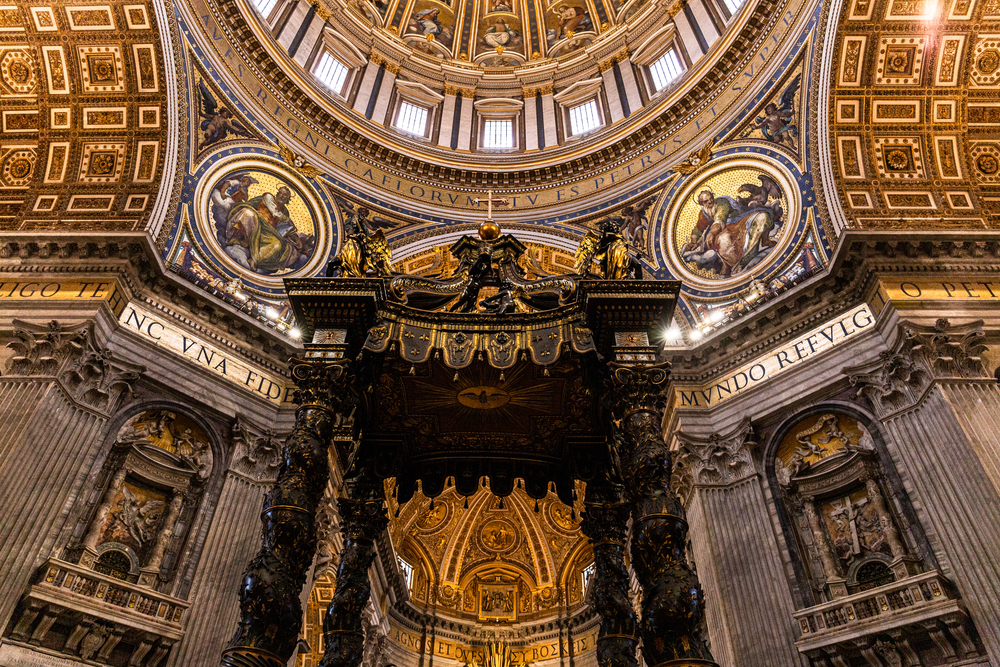
These museums represent more than just collections of artifacts – they serve as living bridges between ancient traditions and contemporary Indigenous cultures. Their innovative approaches to preservation, interpretation, and community engagement continue to evolve, setting new standards for cultural institutions worldwide.
Through careful attention to Indigenous perspectives and ongoing collaboration with native communities, these museums help ensure that traditional knowledge and practices remain vibrant for future generations.
More from Travel Pug

- 15 Dangerous European Cities to Avoid
- 15 Caribbean Islands Where Tourists Keep Getting Scammed
- The 20 Most Fascinating Abandoned Places: A Journey Through Time and Forgotten Spaces
- 15 Hidden Places in the Smithsonian Museums Locals Love: A Guide to Lesser-Known Treasures
- 16 Hidden Florida Beach Towns That Aren’t Overrun with Tourists
Like Travel Pug’s content? Follow us on MSN.
